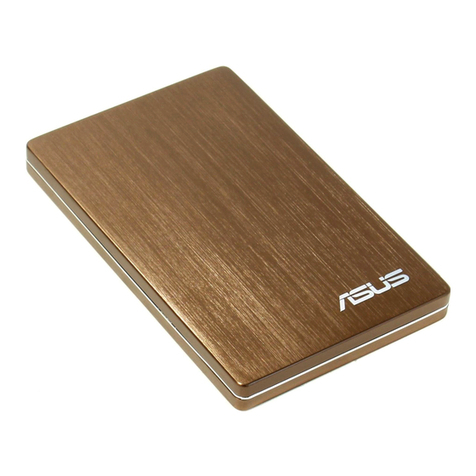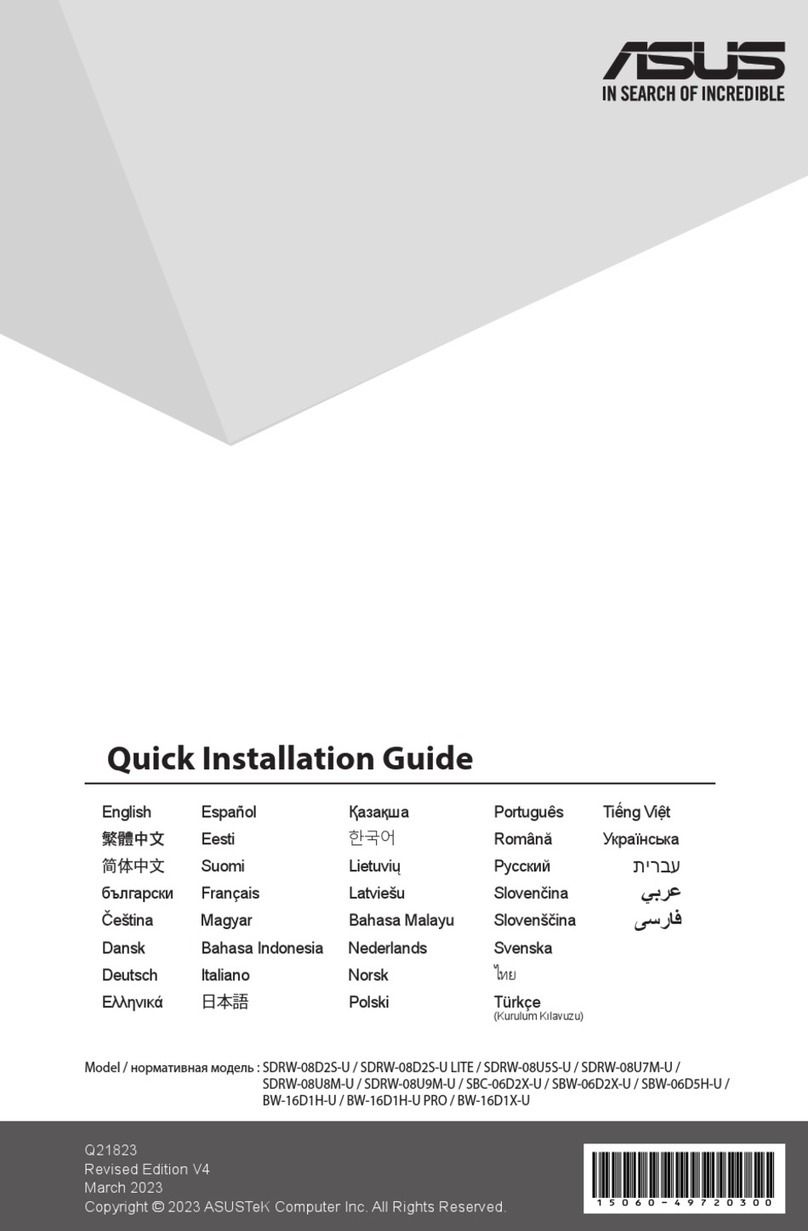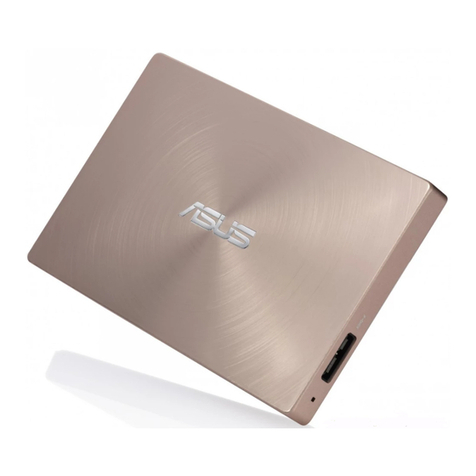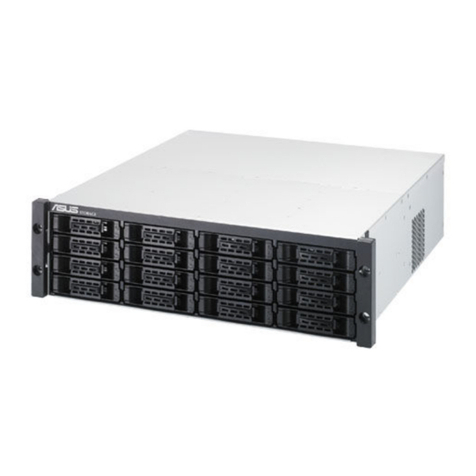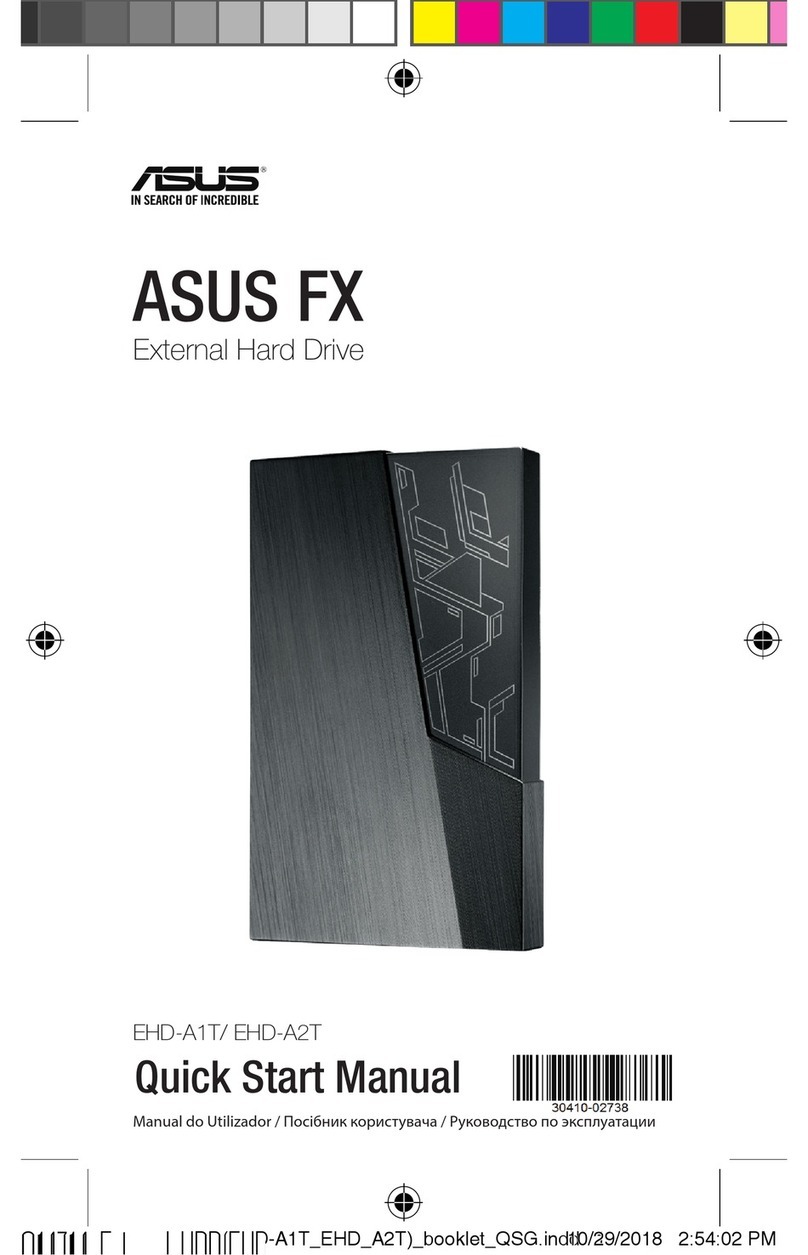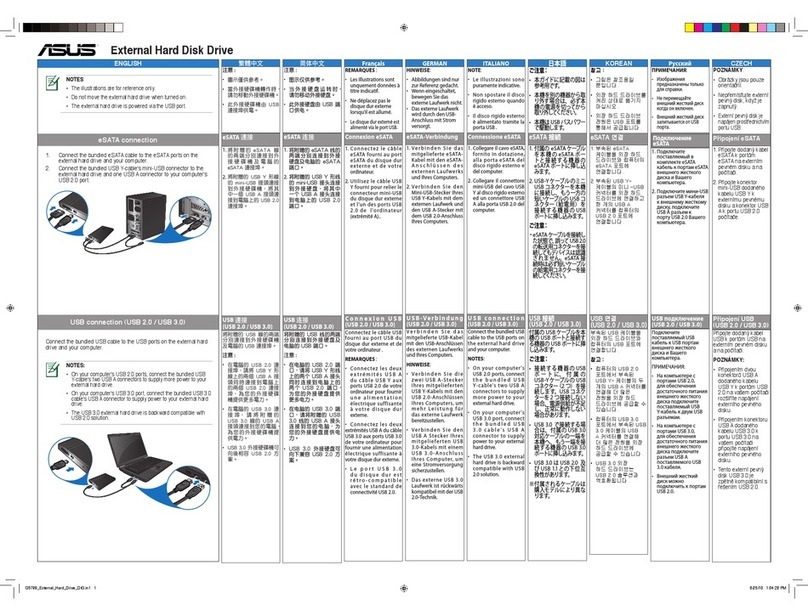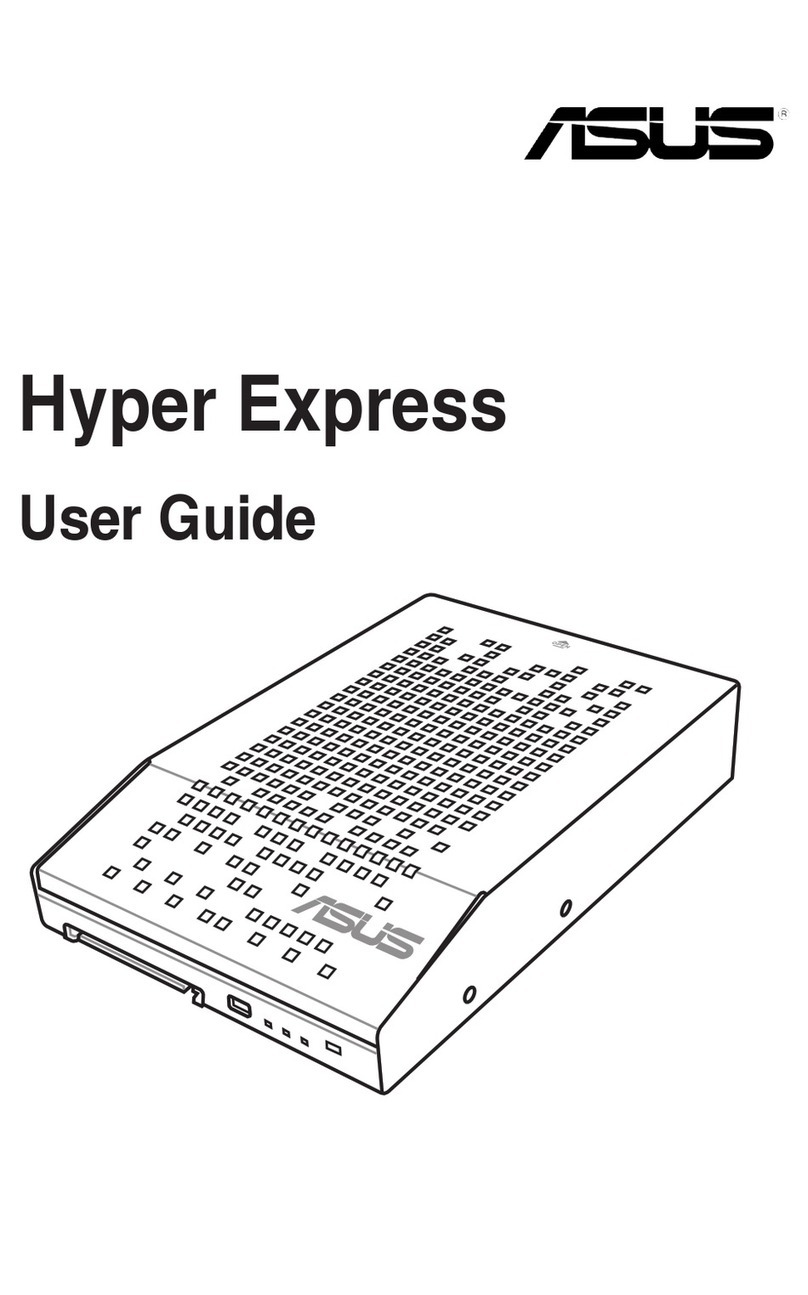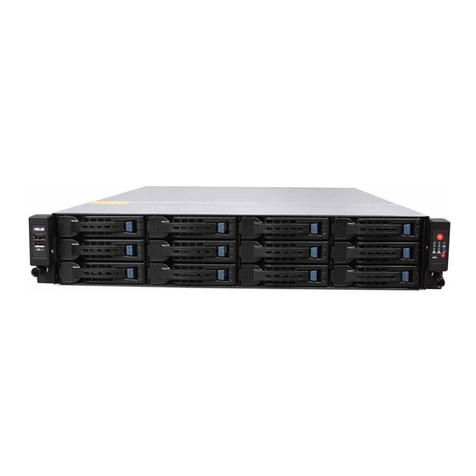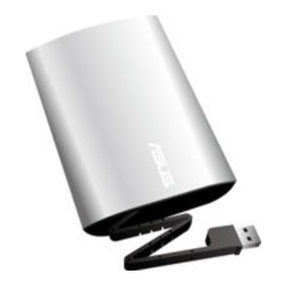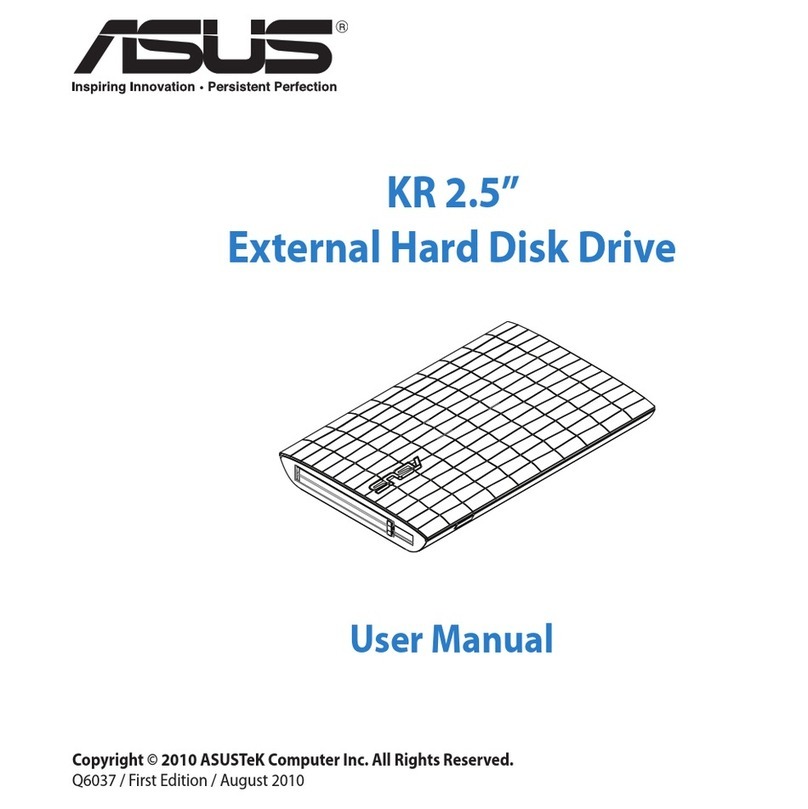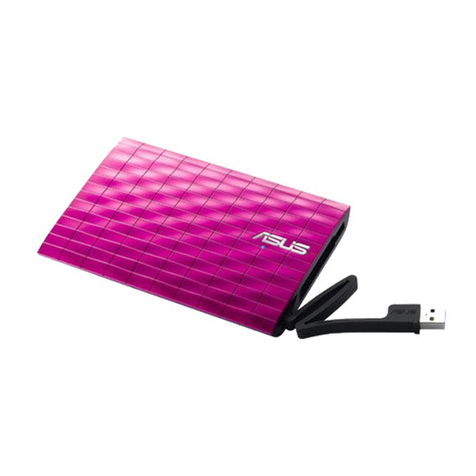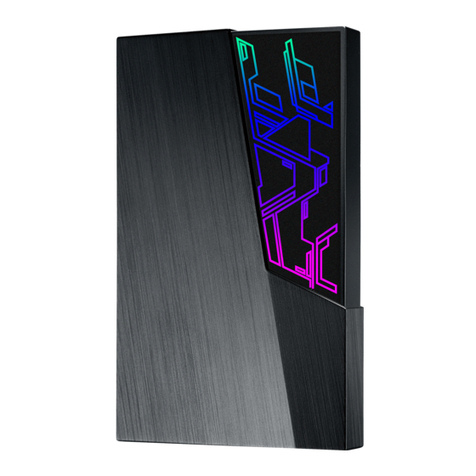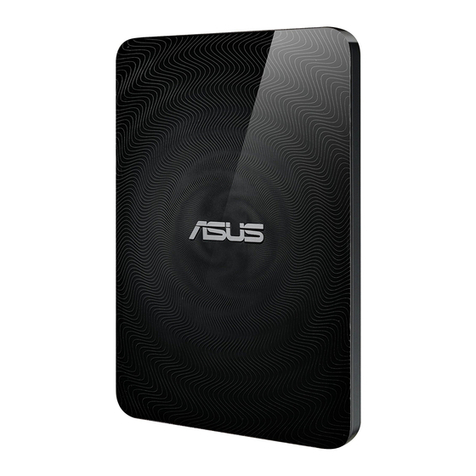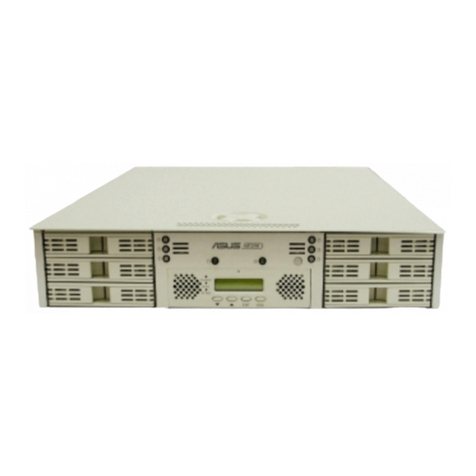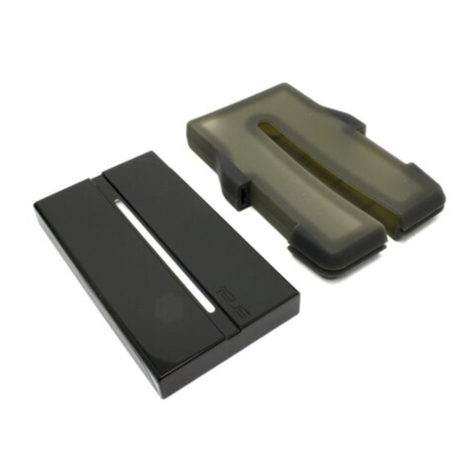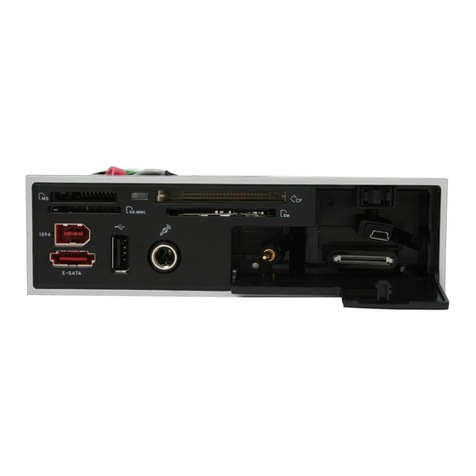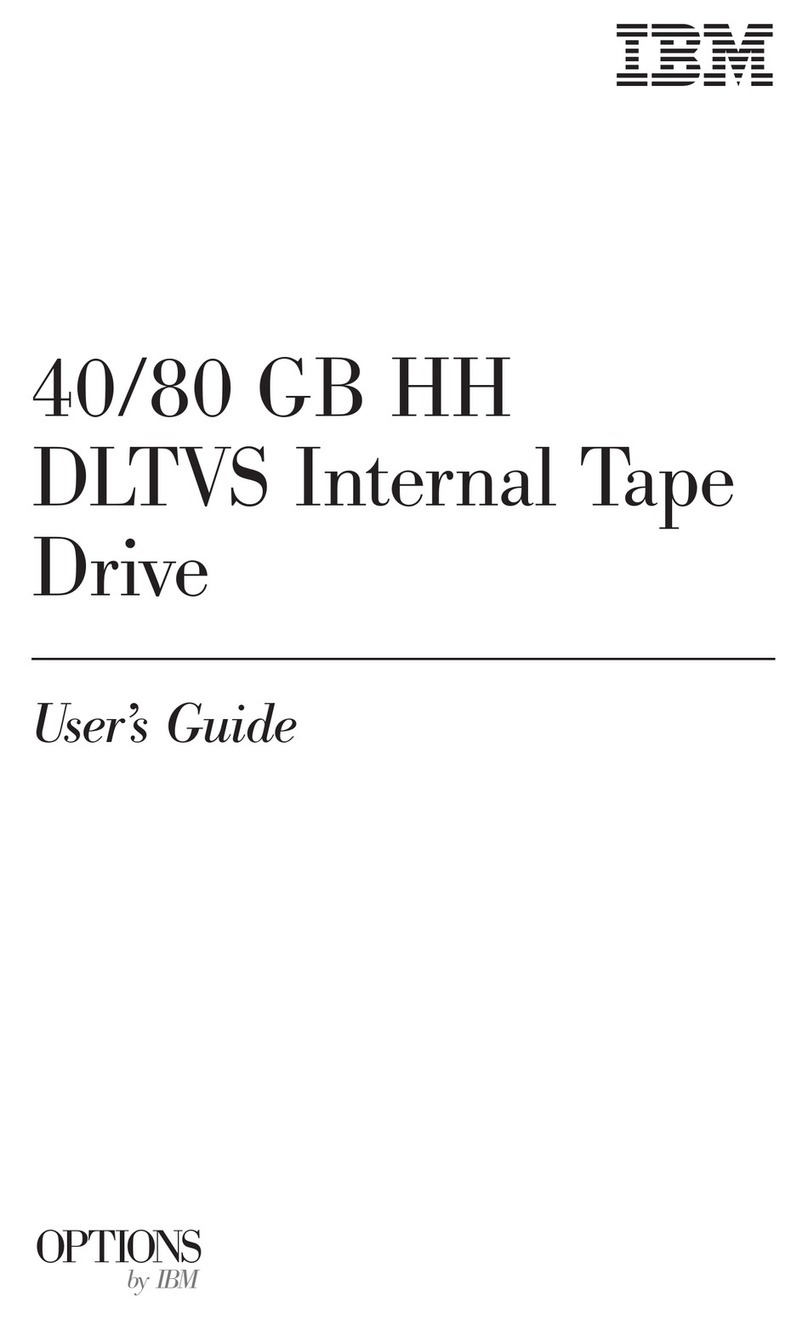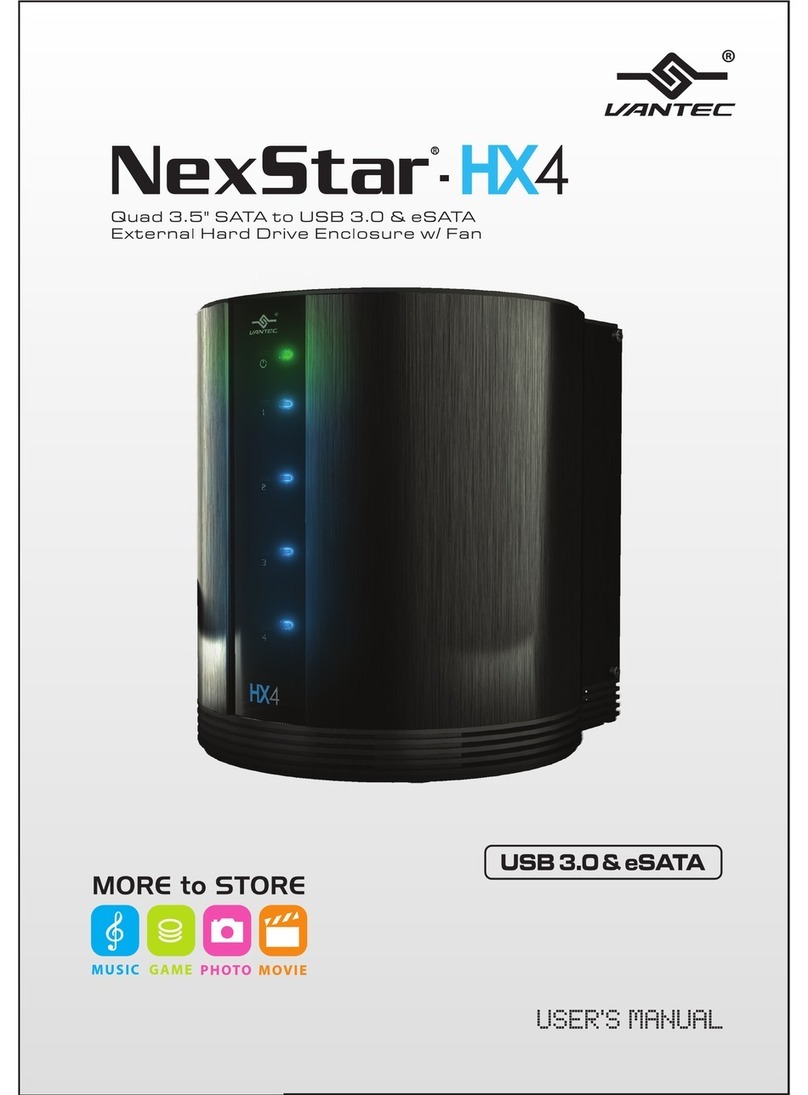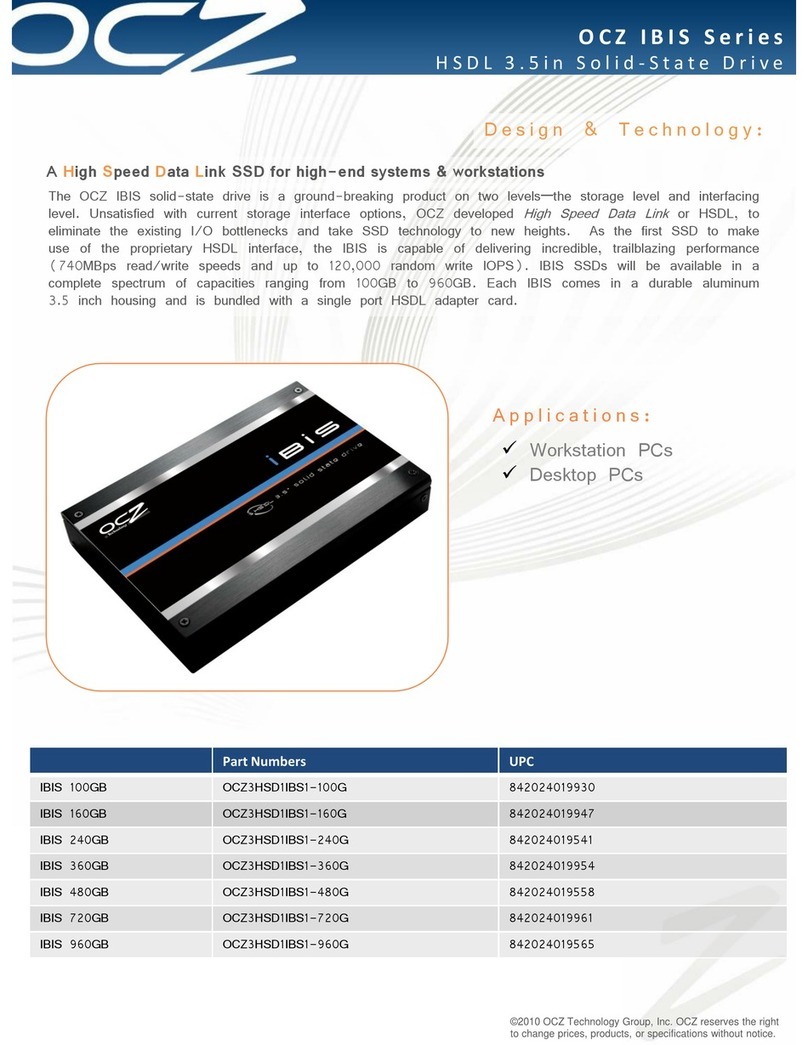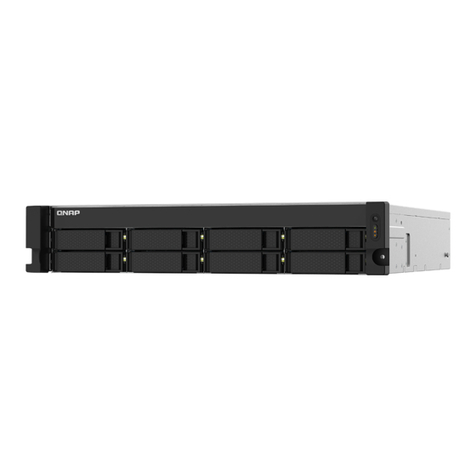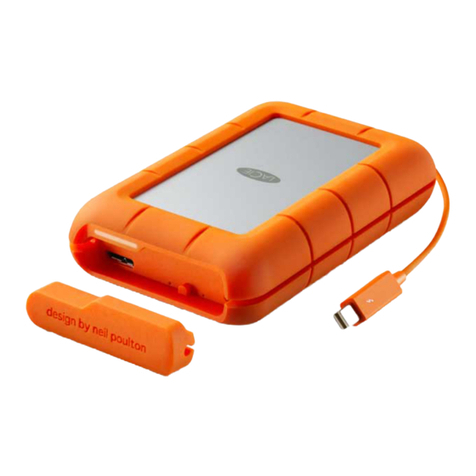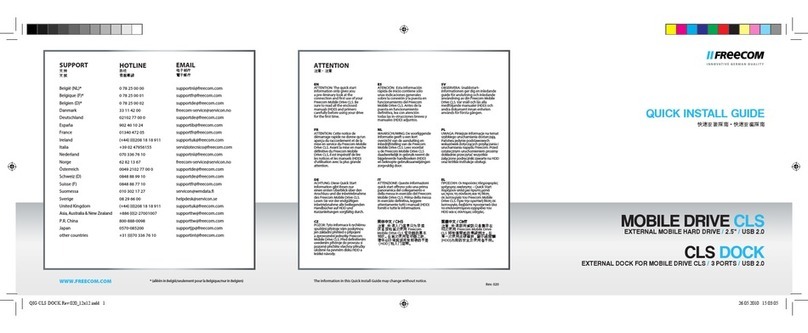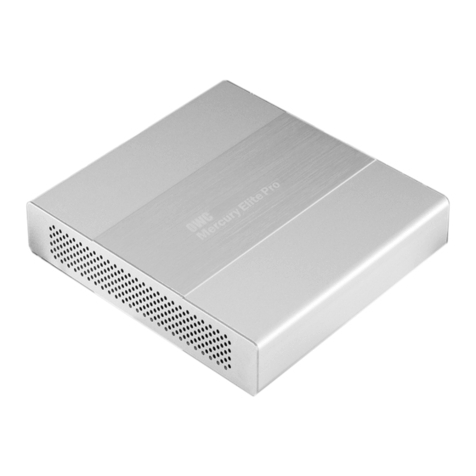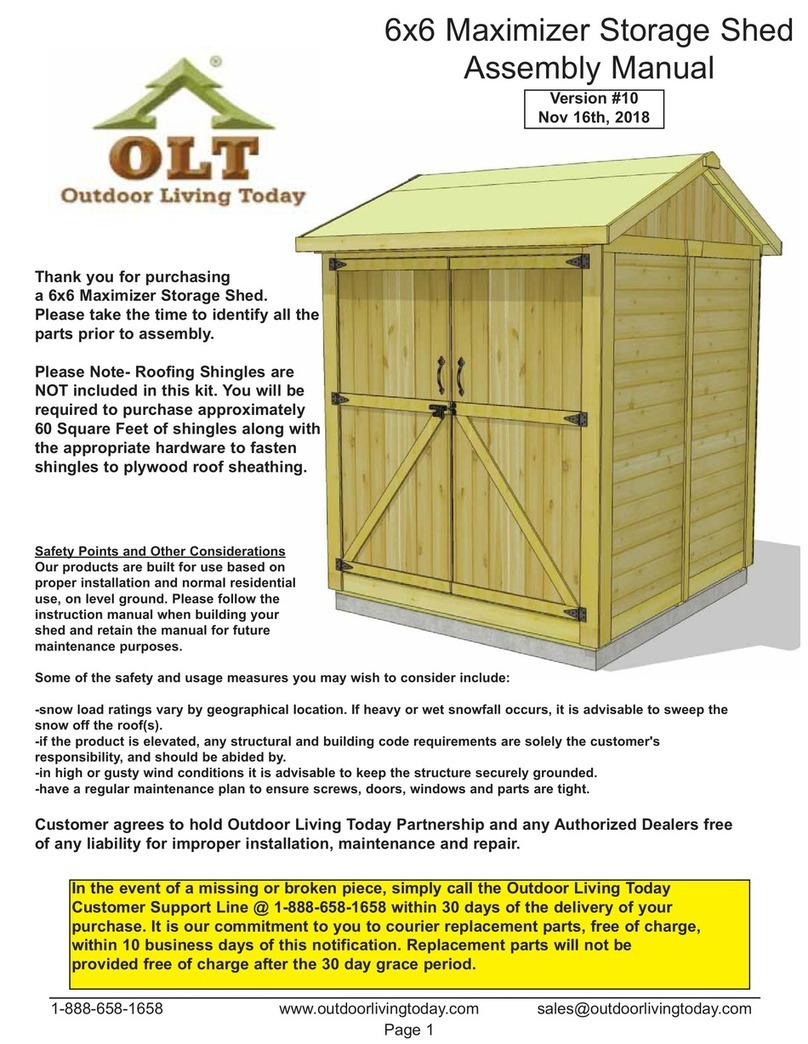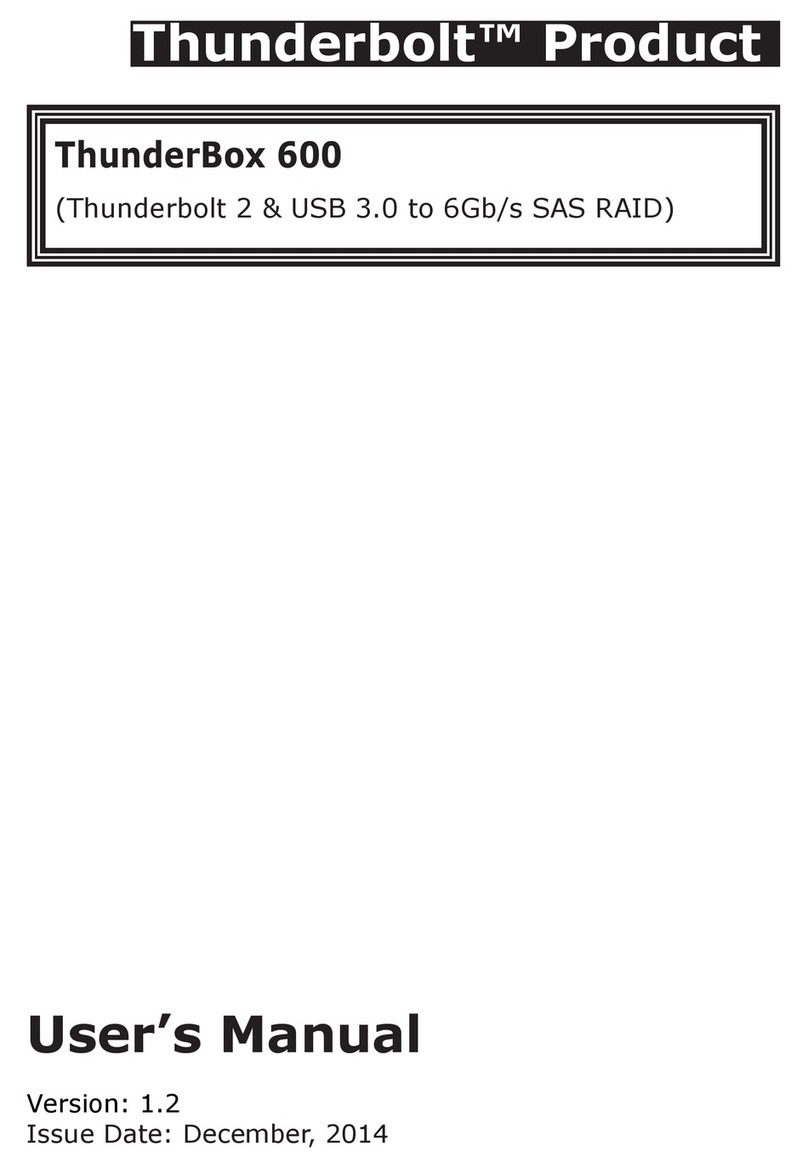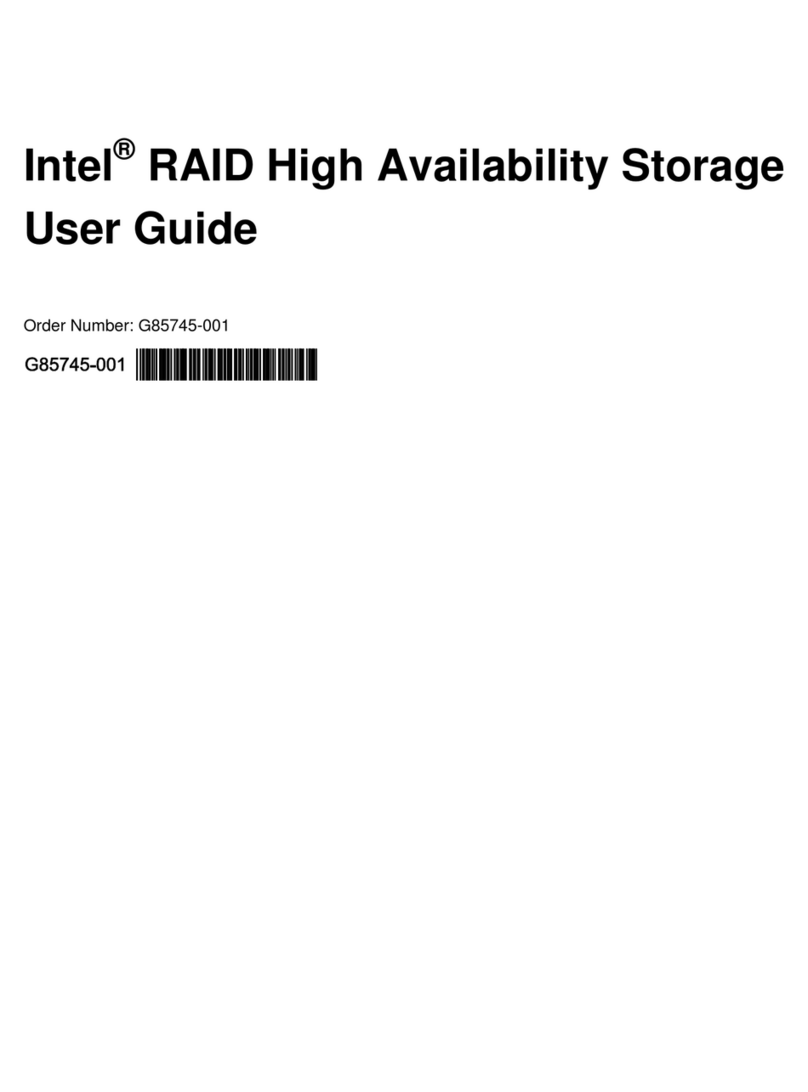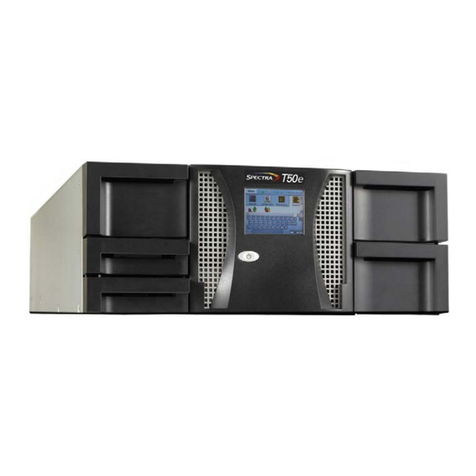
locatInG an encloSure (clu) 128
vIewInG encloSure toPoloGy (clu) 129
physICal drIve ManaGeMent (Clu) 129
vIewInG alISt of PhySIcal DrIveS (clu) 129
makInG Global PhySIcal DrIve SettInGS (clu) 129
vIewInG PhySIcal DrIve InformatIon (clu) 130
vIewInG PhySIcal DrIve StatIStIcS (clu) 130
SettInG an alIaS (clu) 130
clearInG Stale anD Pfa conDItIonS (clu) 130
forcInG aPhySIcal DrIve offlIne (clu) 131
locatInG aPhySIcal DrIve (clu) 131
ManaGInG dIsk arrays (Clu) 132
vIewInG alISt of DISk arrayS (clu) 132
creatInG aDISk array (clu) 132
creatInG aDISk array – automatIc (clu) 132
creatInG aDISk array – exPreSS (clu) 132
creatInG aDISk array – aDvanceD (clu) 133
DeletInG aDISk array (clu) 134
makInG DISk array SettInGS (clu) 134
vIewInG DISk array InformatIon (clu) 134
accePtInG an IncomPlete array (clu) 135
enablInG meDIa Patrol, PDm, anD Power manaGement on aDISk array (clu) 135
PreParInG the DISk array for tranSPort (clu) 135
rebuIlDInG aDISk array (clu) 135
runnInG meDIa Patrol on aDISk array (clu) 135
runnInG PDm on aDISk array (clu) 136
runnInG tranSItIon on aDISk array (clu) 136
locatInG aDISk array (clu) 136
ManaGInG spare drIves (Clu) 137
vIewInG alISt of SPare DrIveS (clu) 137
creatInG aSPare DrIve (clu) 137
makInG SPare DrIve SettInGS (clu) 137
runnInG SPare check (clu) 138
DeletInG aSPare DrIve (clu) 138
toDelete aSPare DrIve: 138
ManaGInG loGICal drIves (Clu) 138
creatInG aloGIcal DrIve (clu) 138
DeletInG aloGIcal DrIve (clu) 139
vIewInG loGIcal DrIve InformatIon (clu) 139
vIewInG loGIcal DrIve StatIStIcS (clu) 139
vIewInG the loGIcal DrIve check table (clu) 139
makInG loGIcal DrIve SettInGS (clu) 140
InItIalIzInG aloGIcal DrIve (clu) 140
runnInG reDunDancy check (clu) 140
locatInG aloGIcal DrIve (clu) 140
mIGratInG aloGIcal DrIve (clu) 141
creatInG alun clone (clu) 141
ManaGInG the network ConneCtIon (Clu) 142
makInG vIrtual manaGement Port SettInGS (clu) 142
makInG maIntenance moDe SettInGS (clu) 143
ManaGInG fIbre Channel ConneCtIons (Clu) 143
vIewInG noDe InformatIon (clu) 143
vIewInG fIbre channel Port InformatIon 143
vIewInG fIbre channel loGGeD-In DevIceS (clu) 144
makInG fIbre channel Port SettInGS (clu) 144
vIewInG fIbre channel Port StatIStIcS (clu) 144
vIewInG SfP InformatIon (clu) 144
vIewInG fIbre channel Port StatIStIcS (clu) 145
vIewInG fIbre channel InItIatorS (clu) 145
ManaGInG IsCsI ConneCtIons (Clu) 146
vIewInG alISt of IScSI tarGetS (clu) 146
vIewInG IScSI tarGet InformatIon (clu) 147
makInG IScSI tarGet SettInGS (clu) 147
vIewInG alISt of IScSI PortS (clu) 148
vIewInG IScSI Port InformatIon (clu) 148
makInG IScSI Port SettInGS (clu) 148
vIewInG alISt of IScSI PortalS (clu) 148
vIewInG IScSI Portal InformatIon (clu) 149
aDDInG IScSI PortalS (clu) 149
makInG IScSI Portal SettInGS (clu) 149
DeletInG IScSI PortalS (clu) 150
vIewInG alISt of IScSI SeSSIonS (clu) 150
DeletInG an IScSI SeSSIon (clu) 150
vIewInG IScSI SeSSIon InformatIon (clu) 151
vIewInG IScSI ISnS InformatIon (clu) 151
makInG IScSI ISnS SettInGS (clu) 151
vIewInG alISt of IScSI chaPS(clu) 152
aDDInG IScSI chaPS(clu) 152
makInG IScSI chaP SettInGS (clu) 152
DeletInG IScSI chaPS(clu) 152
PInGInG ahoSt or Server on the IScSI network (clu) 152
vIewInG alISt of IScSI trunkS (clu) 153
aDDInG IScSI trunkS (clu) 153
makInG IScSI trunk SettInGS (clu) 153
DeletInG IScSI trunkS (clu) 153
ManaGInG baCkGround aCtIvIty (Clu) 154
vIewInG current backGrounD actIvItIeS (clu) 154
makInG backGrounD actIvIty SettInGS (clu) 154
workInG wIth the event vIewer (Clu) 155
vIewInG runtIme eventS (clu) 155
clearInG runtIme eventS (clu) 155
vIewInG nvram eventS (clu) 155
clearInG nvram eventS (clu) 155
workInG wIth lun MappInG (Clu) 156
enablInG lun maPPInG (clu) 156
vIewInG alISt of InItIatorS (clu) 156
aDDInG an InItIator (clu) 156
DeletInG an InItIator (clu) 157
vIewInG alISt of lun maPS (clu) 157
aDDInG alun maP (clu) 157
eDItInG alun maP (clu) 158
DeletInG alun maP (clu) 158
chanGInG the actIve lun maPPInG tyPe (clu) 158
ManaGInG ups unIts (Clu) 159
vIewInG alISt of uPS unItS (clu) 159
makInG uPS SettInGS (clu) 159
vIewInG uPS InformatIon (clu) 160
ManaGInG users (Clu) 160
vIewInG uSer InformatIon (clu) 160
creatInG auSer (clu) 160
chanGInG another uSer’SSettInGS (clu) 161
chanGInG your own uSer SettInGS (clu) 161
chanGInG another uSer’SPaSSworD (clu) 161
DeletInG auSer (clu) 162
workInG wIth software ManaGeMent (Clu) 163
makInG emaIl SettInGS (clu) 163
makInG SlP SettInGS (clu) 163
makInG web Server SettInGS (clu) 163
makInG telnet SettInGS (clu) 164
makInG SSh SettInGS (clu) 164
makInG SnmP SettInGS (clu) 164
manaGInG SnmP traP SInkS (clu) 164
makInG netSenD SettInGS (clu) 165
manaGInG netSenD recIPIentS (clu) 165
flaShInG throuGh tftP 166
vIewInG flash IMaGe InforMatIon (Clu) 166
ClearInG statIstICs (Clu) 167
restorInG faCtory defaults (Clu) 167
shuttInG down the subsysteM (Clu) 168
ShuttInG Down the aSuS DS300fG2 – telnet connectIon 168
ShuttInG Down the aSuS DS300fG2 – SSh connectIon 168
ShuttInG Down the aSuS DS300fG2 – SerIal connectIon 168
startInG upafter shutdown 169
StartInG uP the aSuS DS300fG2 – telnet connectIon 169
StartInG uP the aSuS DS300fG2 – SSh connectIon 169
StartInG uP the aSuS DS300fG2 – SerIal connectIon 170
restartInG the subsysteM 170
reStartInG aSuS DS300fG2 – telnet connectIon 170
reStartInG aSuS DS300fG2 – SSh connectIon 171
reStartInG aSuS DS300fG2 – SerIal connectIon 171
buzzer 171
makInG buzzer SettInGS 171

